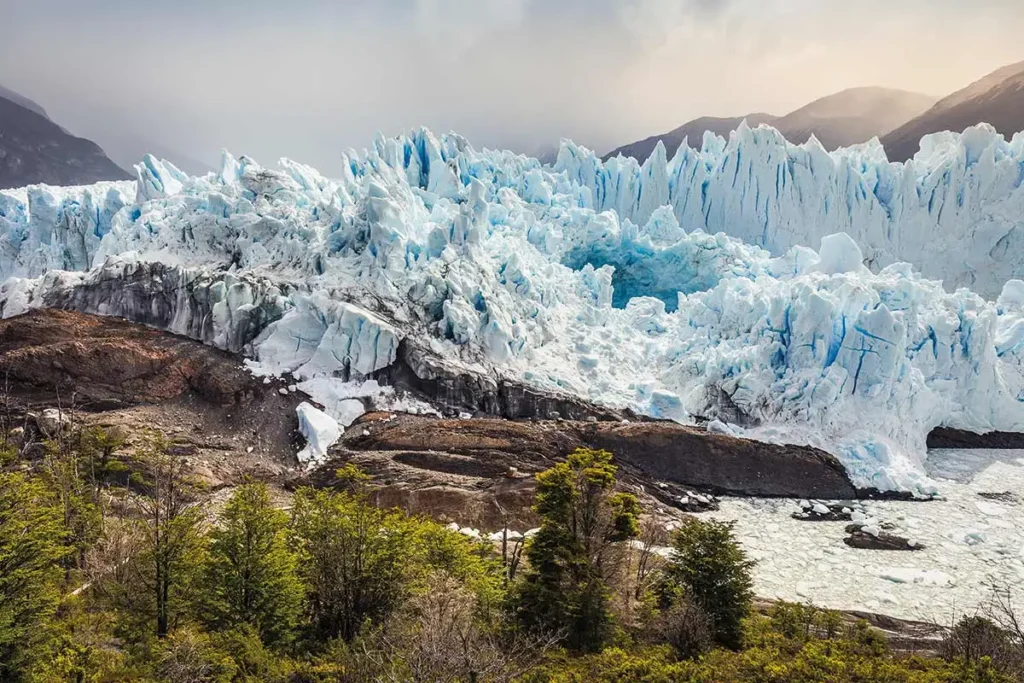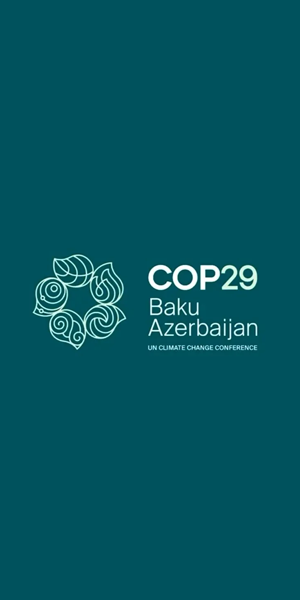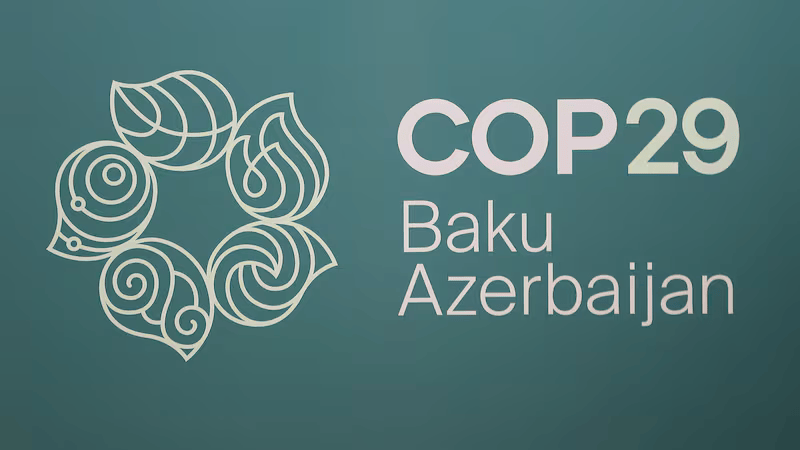
Widespread coral reef die-off marks the world’s first climate tipping point, according to a new report by 160 scientists.
The Global Tipping Points Report 2025 highlights mounting risks across Earth’s systems, from melting glaciers and ice fields to slowing ocean currents, as well as the pressure on ice sheets and rainforests.
The report was led by the University of Exeter with contributions from the Potsdam Institute for Climate Impact Research (PIK) and 85 other institutions.
Beyond coral reefs, the report highlights the risks, consequences, and governance challenges around Earth system tipping points.
These span a variety of scales, from those with local impacts, such as glaciers and small ice fields, to those with consequences at the continental and global scales, including major ocean circulations, the polar ice sheets, and the Amazon rainforest.
Current global warming of around 1.3-1.4 °C already exceeds the estimated tipping point for warm-water coral reefs.
Several critical Earth system components, including land permafrost, the Greenland ice sheet, the West Antarctic ice sheet and the North Atlantic subpolar gyre, may reach their tipping points once temperatures rise just above 1.5 °C.
“We have more and more evidence for tipping points in all these different systems”, warns PIK scientist Sina Loriani, who has co-led a new, updated section on the latest state of science on Earth system tipping points.
“There is an increasing risk that we kick off feedback loops that amplify and accelerate changes in the Earth system.”
The report finds that widespread dieback of the Amazon rainforest, due to the combined stress of climate change and deforestation, could be triggered at a lower temperature than previously thought, with the lower end of the estimated range now at 1.5°C.
This highlights the need for urgent action.
“We must minimise both how far and how long we overshoot 1.5°C. Every fraction of a degree, and every year above that threshold, increases the risk of triggering irreversible tipping points,” says Nico Wunderling, scientist at PIK and Goethe University Frankfurt and also a report co-section lead.
The impact of crossing tipping points
A case study on Áakʼw Tʼáak Sítʼ, also known as the Mendenhall Glacier, near Juneau, Alaska (USA) highlights the substantial risks of crossing tipping points even in relatively small-scale systems like glaciers and small ice fields.
In Juneau, increasingly large glacier lake outburst floods from Áakʼw Tʼáak Sítʼ set successive records in 2023, 2024 and 2025, causing tens of millions of dollars of damage and presenting serious adaptation and governance challenges for the region.
“The tragic situation in Juneau underscores the outsized impact that crossing tipping points will have on cities, local communities, and indigenous peoples everywhere, as they will bear the burden of adapting to continued environmental change.
The quick and resilient actions of many – from building temporary flood barriers, to sourcing mutual aid and investing in long-term planning – demonstrate the complex network of stakeholder and rightsholder groups that must engage to achieve ‘real-world’ adaptation,” said PIK scientist Donovan Dennis, who led the case study.
The positive changes
The 160 authors of the report argue that the nature of abrupt and irreversible Earth system tipping points means they pose a distinct type of threat to other environmental challenges, and that current policies and decision-making processes are inadequate to respond.
However, positive changes have been observed with the rapid uptake of solar photovoltaics, wind power globally, and in the adoption of electric vehicles, battery storage and heat pumps in leading markets.
The report shows that these technologies are already rapidly transforming energy systems, but further acceleration – e.g. via positive social and economic tipping points – is needed to halt and reverse global warming in time











